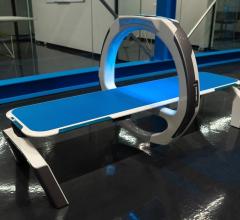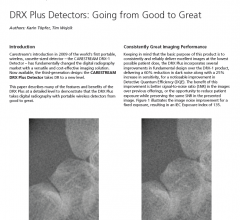November 8, 2007 - Payments for emergency department services declined for all patients over an eight-year period, with Medicaid paying less overall than uninsured patients do, according to a study which appears today in the Annals of Emergency Medicine ("Decreasing Reimbursements for Outpatient Emergency Department Visits Across Payer Groups from 1996-2004").
"Falling reimbursements to emergency departments were a consistent trend over the eight years we studied," said Dr. Renee Hsia of the University of California at San Francisco. "What surprised us was that uninsured patients actually pay a higher proportion of their emergency department charges than Medicaid does. This runs counter to the widespread impression that the uninsured are universally poor payers. In fact, 35 percent of charges for uninsured visits were paid in 2004, compared with 33 percent for Medicaid visits."
Researchers studied charges and payments for 43,128 emergency department visits from 1996-2004. Nationwide, the overall proportion of emergency department charges paid for outpatient emergency department visits declined from 57 percent to 42 percent. The share of charges paid was consistently the lowest for visits by Medicaid and uninsured patients, and consistently the highest for visits by patients covered by private insurers. The declines in the proportion of payments to charges over the eight-year study period tended to be sharper among patients with insurance than among the uninsured. Reimbursements fell the least for uninsured patients.
"Declining reimbursement ratios will cut into the ability of emergency departments to recover their actual costs of providing care," said Dr. Hsia. "Emergency departments provide valuable services to a wide variety of patients and act in many cases as core safety net providers. Further research is needed to determine how these declining reimbursements restrict access to emergency care."
On Nov. 1, Dr. Angela Gardner, vice president of the American College of Emergency Physicians, testified to the House Committee on Oversight and Government Reform that proposed cuts in Medicaid would deplete already scarce resources in emergency departments across the country.
"For our uninsured and Medicaid patients, hospital emergency departments are the providers of last resort," said Dr. Gardner. "The potential harm to vulnerable populations from these proposed Medicaid cuts will be overwhelming. We must take steps now to avoid a catastrophic failure of our medical infrastructure and of our nation's emergency departments."
For more information: www.acep.org


 December 03, 2020
December 03, 2020 








